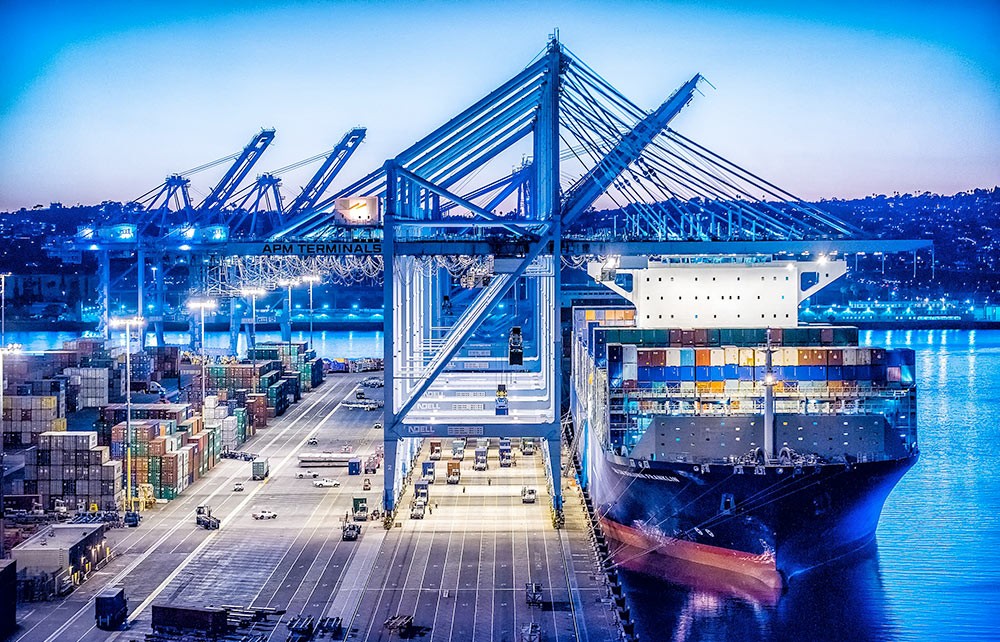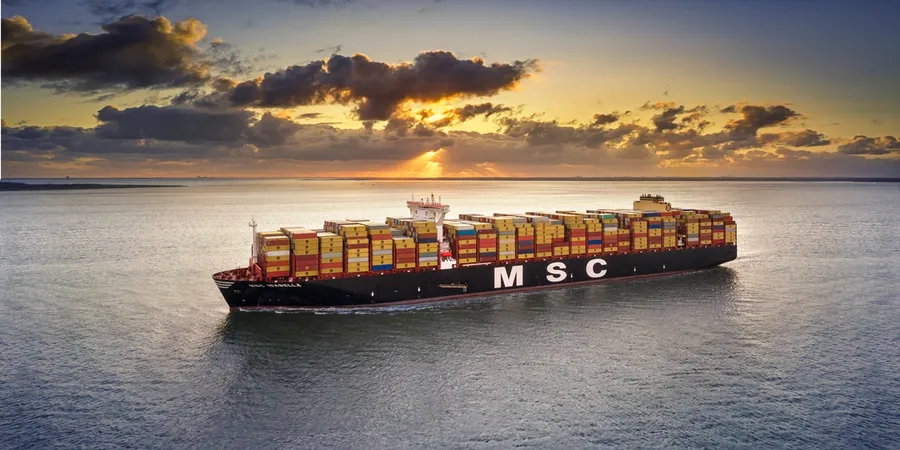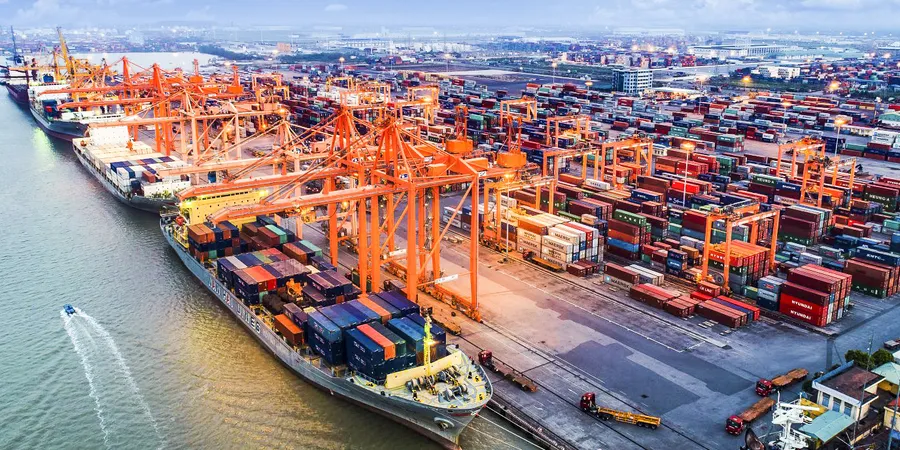Global trade records US$7.7 trillion in 2022 first quarter
The value of global trade increased by approximately US$1 trillion in the first quarter of the year, reaching US$7.7 trillion compared to the same period last year, according to United Nations Conference on Trade and Development (UNCTAD).
The growth, which represents an increase of about US$250 million from the immediately preceding quarter, is driven by higher commodity prices as trade volumes have increased to a much lesser extent.
UNCTAD said that though expected to remain positive, trade growth has continued to slow during the second quarter of 2022.
"The war in Ukraine is starting to influence international trade, largely through increases in prices," said the UNCTAD Global Trade Update published on 7 July.
The report added that rising interest rates and winding down of economic stimulus packages will likely have a negative impact on trade volumes for the rest of 2022.
Both commodity price volatility and geopolitical factors will also continue to make trade developments uncertain.
According to the report, trade growth rates in the first quarter of 2022 remained strong, although they were somewhat lower in East Asia and Pacific regions.
At the same time, export growth was generally stronger in commodity-exporting regions as commodity prices rose.
Trade for merchandise goods reached US$6.1 trillion, which translates ton an annual increase of about 25% and a jump of about 3.6% from the previous quarter. The value of merchandise exports from developing countries was about 25% higher year-on-year. In comparison, this figure is around 14% for developed countries.
Trade for services increased to about US$1.6 trillion, an increase of around 22% from the first quarter of 2021 and an increase of about 1.7% from the fourth quarter of 2021. The report shows that most economic sectors recorded significant year-on-year increases in the value of their transactions in the first quarter of 2022.
The strong increase in the value of trade in the energy sector is based on high fuel prices, while trade growth was also above average for metals and chemicals.
On the other hand, trade for the transport sector and communication equipment remained below 2021 and 2019 levels.
UNCTAD reports that global trade developments for the rest of 2022 are likely to be affected by slower-than-expected economic growth due to rising interest rates, inflationary pressures and concerns about debt sustainability in many economies.
In the short term, rising food and energy prices will likely lead to higher trade values and marginally lower trade volumes.
Other factors expected to affect global trade this year include war, as mentioned above, ongoing challenges in global supply chains, regionalisation trends and policies supporting the transition to a greener global economy.
Source: Container News





